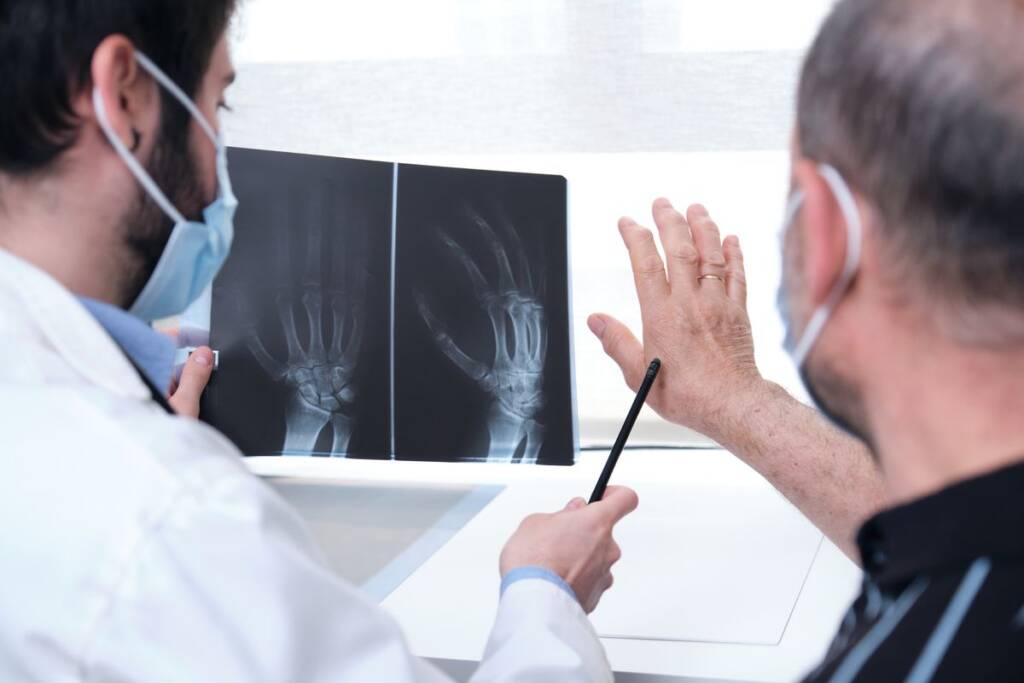Health
Connectivity, there are eight categories: from Systemic Lupus Erythematosus to Myopathies

What is Connectivity? This is a fairly broad category of systemic autoimmune diseases. Let's see what they are.
Systemic autoimmune diseases are many and cause different symptoms. Within this group of pathologies is undifferentiated connective tissue disease, which in turn is classified within a category of connective tissue diseases: let's see what they are.
Connectivity: the classification
Talking about connective tissue disease is not entirely correct, given that connective tissue disease is a vast category of systemic autoimmune diseases . These are pathologies in which the immune system, by mistake, does not recognize healthy tissues and attacks them because it considers them foreign. Connective tissue disease includes eight groups :
- Systemic lupus erythematosus
- Systemic sclerosis
- Scleroderma syndromes
- Myopathies
- Sjögren's syndrome (primary or associated with other conditions)
- Overlap Syndromes
- Undifferentiated connectivity
- Antiphospholipid antibody syndrome.
A number of subgroups are added to these diseases. Systemic lupus erythematosus, for example, also includes drug-induced lupus and neonatal lupus, while scleroderma syndromes also include diffuse fasciitis, scleroderma due to physical, chemical and drug agents, graft versus host disease and scleromyxedema. In myopathies we find dermatomyositis, polymyositis and autoimmune necrotizing myositis, while in Overlap we have Overlapping Syndromes with specific antibodies (anti-synthase syndrome, anti-U1RNP Mixed Connective Disease and Sclero-myositis Syndrome), and Overlapping Syndromes without specific antibodies.

Undifferentiated connective tissue disease: symptoms
Undifferentiated connective tissue disease (UCTD) is the most common form of connective tissue disease. In most cases, the symptoms are easily interchangeable with other pathologies: asthenia, malaise, arthritis , arthralgia, fever, Raynaud 's phenomenon, photosensitivity, hair loss and mild haematological alterations ( anaemia , leukopenia or thrombocytopenia). However, for mixed connective tissue disease, also called Sharp's Syndrome , there must be at least three of the following symptoms:
- myositic involvement
- pulmonary involvement
- Raynaud's phenomenon or esophageal involvement
- swelling of the hand joints (swollen hands)
- arthritis (with inflammation of the synovial membrane).
Riproduzione riservata © - WT











